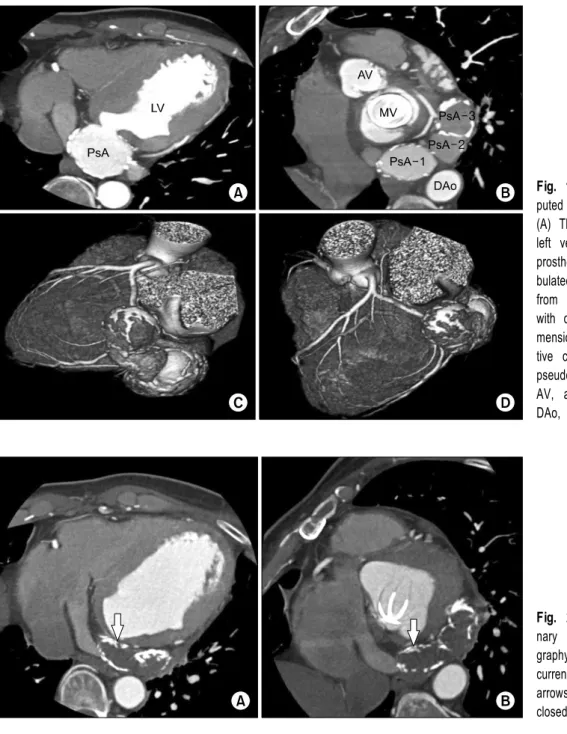ISSN: 2233-601X (Print) ISSN: 2093-6516 (Online)
− 63 −
Departments of
1Thoracic and Cardiovascular Surgery and
2Radiology, Hanyang University Seoul Hospital, Hanyang University College of Medicine,
3Department of Thoracic and Cardiovascular Surgery, Seoul National University Bundang Hospital, Seoul National University College of Medicine
Received: September 4, 2014, Accepted: September 23, 2014, Published online: February 5, 2015
Corresponding author: Hyuck Kim, Department of Thoracic and Cardiovascular Surgery, Hanyang University Seoul Hospital, Hanyang University College of Medicine, 222 Wangsimni-ro, Seongdong-gu, Seoul 133-791, Korea
(Tel) 82-2-2290-8467 (Fax) 82-2-2290-8467 (E-mail) khkim@hanyang.ac.kr
C
The Korean Society for Thoracic and Cardiovascular Surgery. 2015. All right reserved.
CC
